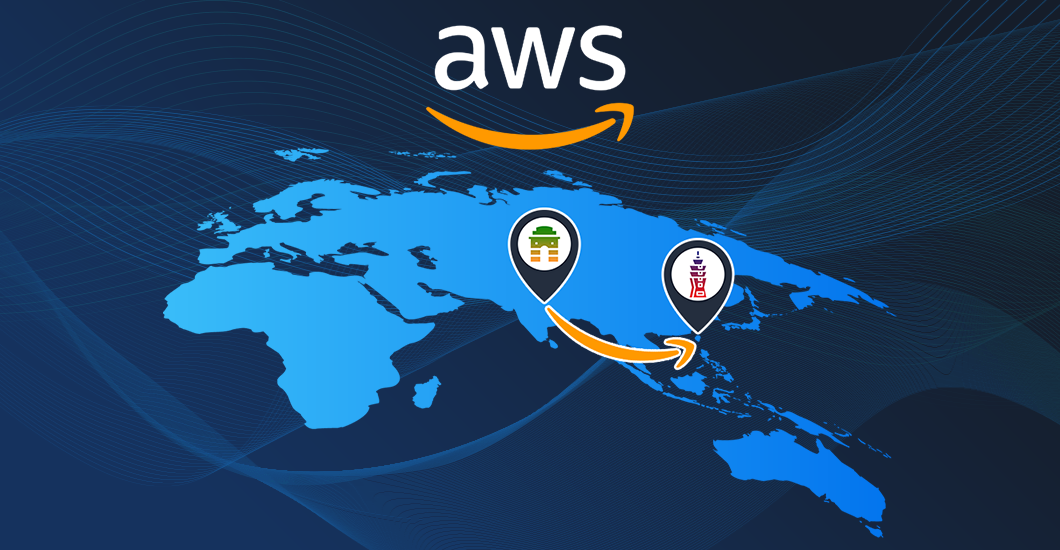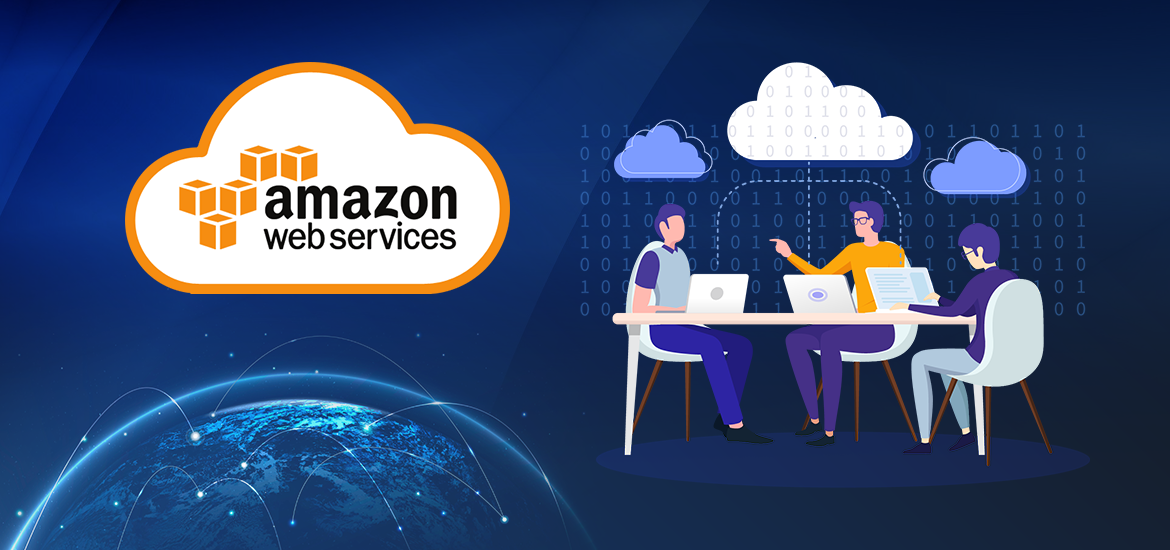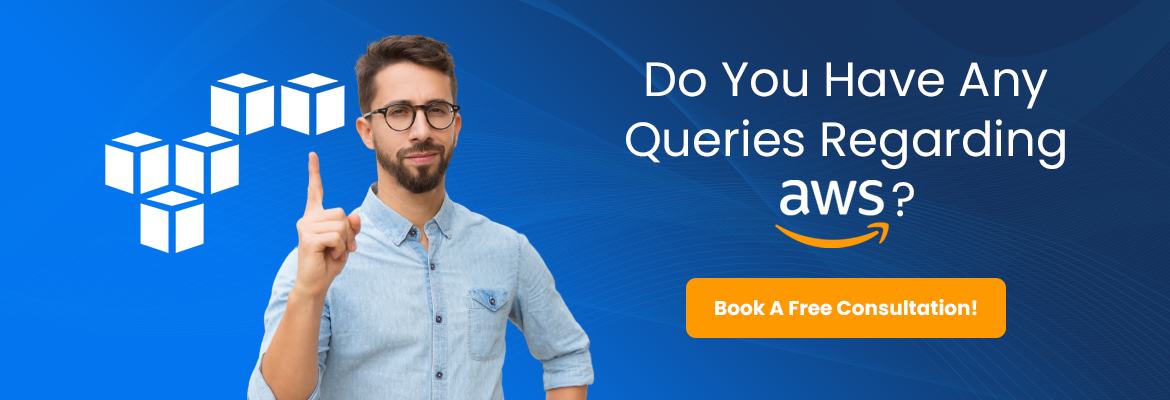Before we learn about AWS local zones, cloud computing, and how it is taking the top place in the IT sector, let’s take brief information about how Amazon initiated AWS. Amazon is one of the top online platforms for third-party retailers that serve globally. Amazon started working on an e-commerce service named Merchant.com in the early 2000s. The primary purpose of this platform was to build this platform to build online shopping sites on top of Amazon’s e-commerce engine. But as the work started, it turned out to be way more challenging than looked at on the blueprints. Because this project had many flaws that could cause this platform to in the future. In this process, the purpose of separating the various services so that they could make a centralized development platform that would help third parties start to fall off. While team Amazon was trying to untackle all the mess, they began to create a set of well-documented APIs, which was the first step to establishing the AWS business. And that is how the idea of building Amazon Web Services (AWS) started. Since that day to till, AWS has been serving clients with products and services, including AWS cloud computing, storage, networking, database services, and more.
Asian Capitals Where Amazon Recently Launched AWS Local Zones





 June 24, 2025
June 24, 2025




 © 2023
© 2023